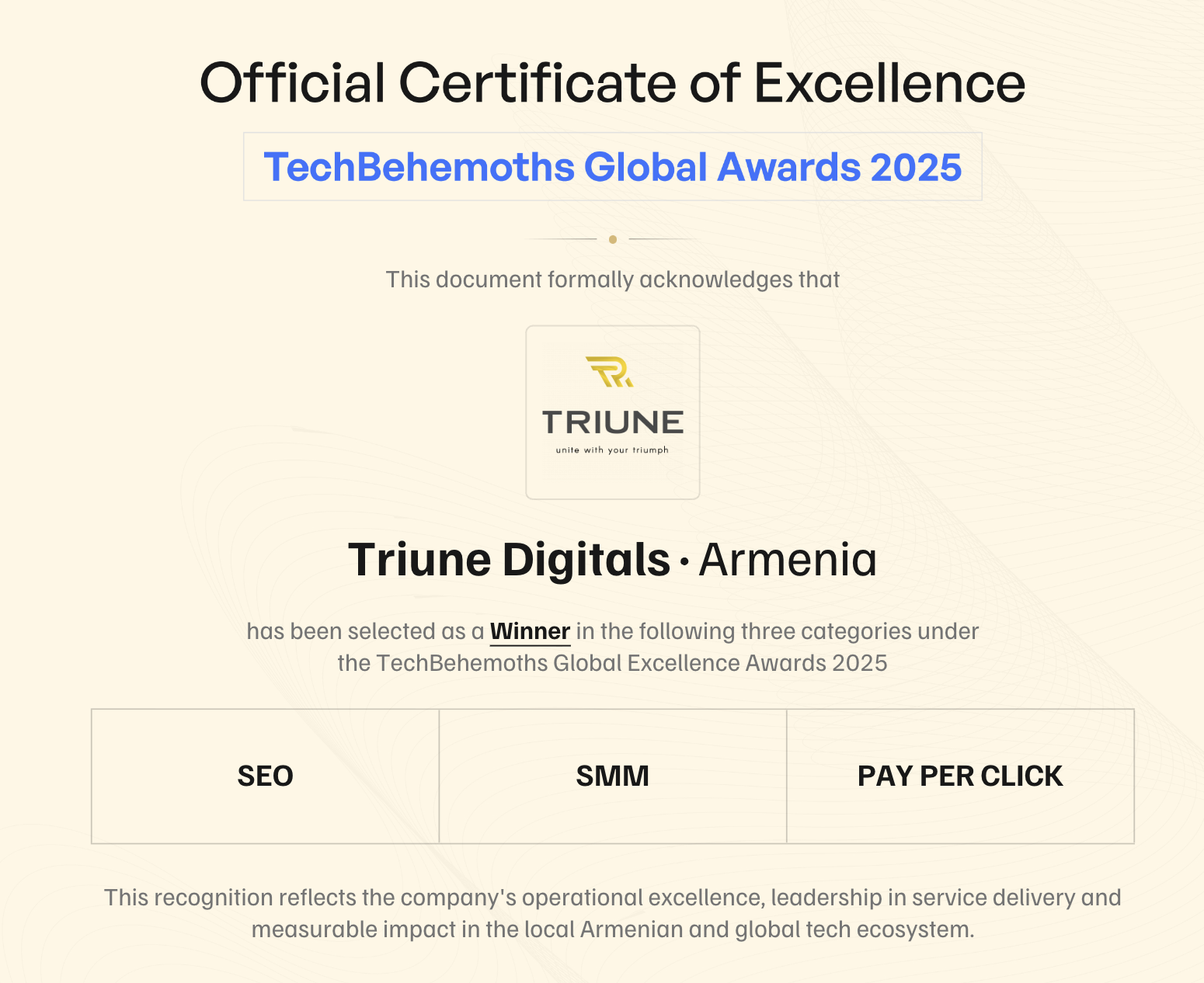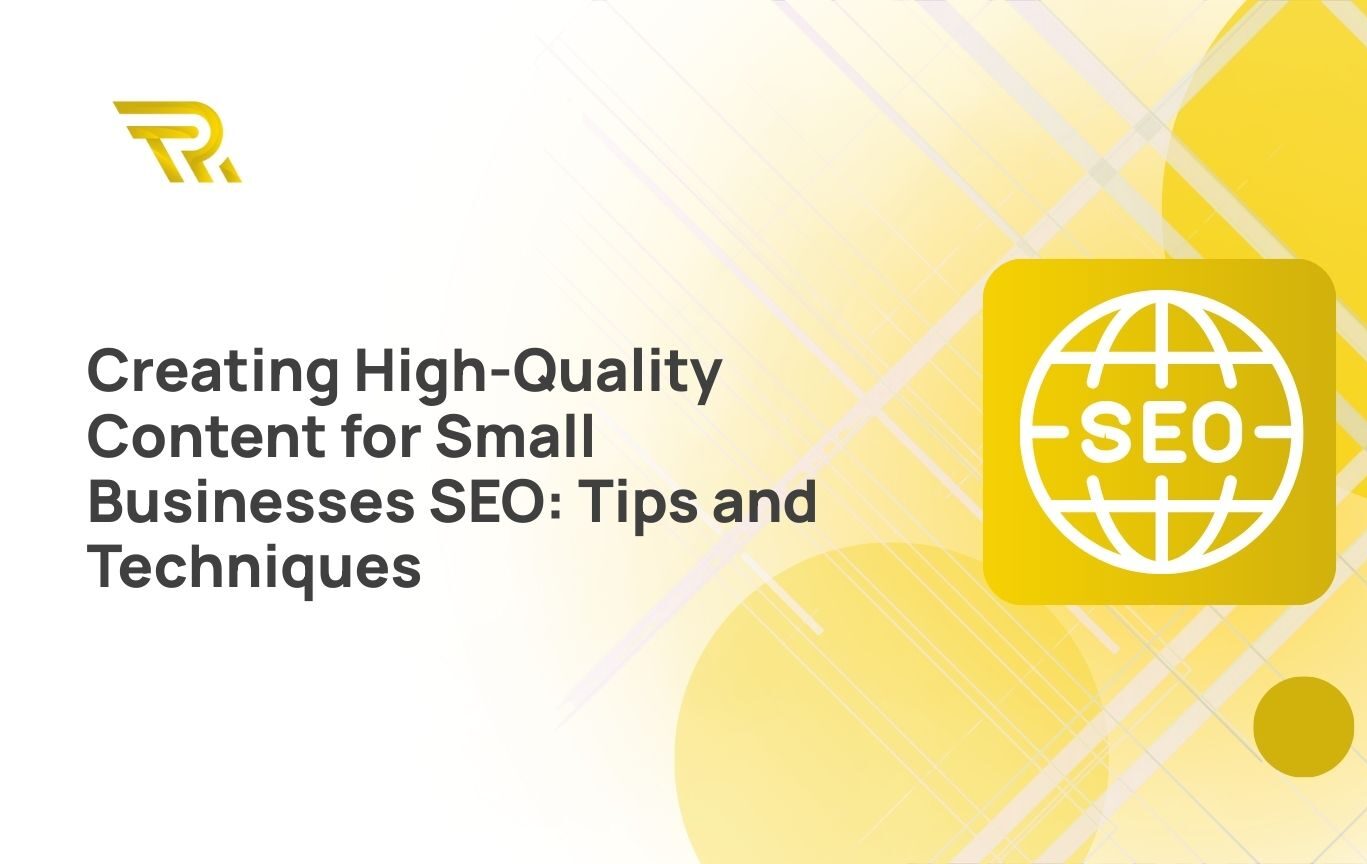
In today’s competitive market, branding for small businesses is more important than ever. A strong and distinctive brand identity not only sets you apart but also helps you connect with your target audience and build trust. This comprehensive guide explores the essential components of small business branding, from logo design and visual identity to messaging and SEO strategies.
Whether you’re just starting or looking to refresh your existing brand, this guide provides the branding tips for small businesses you need to create a lasting impression and position your business for long-term success.
Key Takeaways
Branding for small businesses is vital for differentiation and customer attraction.
Building a brand involves research, defining focus and personality, and creating visual elements.
SEO-friendly elements in logo design boost online visibility and search engine rankings.
What is a Small Business?
A small business is a privately held organization that works on a smaller scale, with fewer workers, lesser revenue, and a smaller market presence than bigger businesses. The process of forming and launching a new endeavor, generally led by a person or a group of entrepreneurs, is involved in starting a small business.
It comprises coming up with a company concept, performing market research, writing a business plan, obtaining money, deciding on a legal structure, and launching operations. Successful small firms frequently succeed by carving out a market niche via innovation, agility, and individualized client experiences.
The Importance of Small Business Branding
Small business branding is crucial for shaping your identity and influencing consumer perceptions. Effective branding for small businesses helps you stand out, build credibility, and foster customer loyalty. A well-defined brand creates a lasting impression and promotes consistency, professionalism, and trust.
Strong branding also makes it easier to communicate your business’s values, mission, and differentiators, which can boost customer loyalty and attract new opportunities. Whether you’re seeking investment or new partnerships, a solid brand helps you secure the future of your small business.
How to Build a Brand
Building a brand is an essential task for any company seeking long-term success. It entails developing a distinct and identifiable brand identity that connects with clients and distinguishes you from the competition. Each stage, from designing a brand strategy to drafting appealing messaging and building a consistent visual identity, has a significant impact on how your brand is viewed. Building a brand involves careful planning, market research, and a thorough grasp of your target audience. This tutorial will go through the important parts and tactics for developing a powerful brand that makes a lasting impression.
Whether you’re beginning a new business or wanting to reinvigorate an existing one, the information provided here will assist you in embarking on a path to create a brand that stands out, connects with consumers, and cultivates loyalty in a competitive environment.
Here’s a step-by-step guide to help you create a brand identity for your small business that resonates with your target audience and drives success.
Do competition and target audience research
Building a brand requires extensive research on your competitors and target audience. To determine your rivals’ strengths and shortcomings, examine their branding tactics, message, and market positioning. This research will assist you in identifying possibilities to differentiate your brand and develop a distinct value proposition. Simultaneously, examine your target audience’s preferences, requirements, demographics, and psychographics to obtain a thorough grasp of them.
To connect your brand strategy with their expectations, identify their pain issues, objectives, and goals. This study will help you define your messaging, positioning, and overall brand strategy. You can create a brand that effectively resonates with your clients, satisfies their requirements, and stands out in a competitive market by thoroughly researching your competition and target demographic.
Pick Your Focus and Personality
To create a powerful brand, you must first establish your brand’s focus and personality attributes. Determine what distinguishes your company and how you want to be seen by your target audience. Determine the distinct value you bring and the specific advantages you offer. Create a brand positioning statement that explains your value proposition concisely and resonates with your target market.
Establish the essential values, mission, and voice of your brand. Consider the qualities and characteristics you want your brand to represent. Are you creative, dependable, environmentally conscious, or customer-focused? Create a distinct brand personality that corresponds to your intended impression and connects with your target audience.
This personality should be reflected in all touchpoints, from brand messages to consumer interactions. You may separate yourself in the market and develop a strong and relevant brand identity by clearly identifying your brand’s purpose and personality.
Visual branding
Visual branding is an important part of developing a strong brand identity. It requires developing a compelling and consistent visual depiction of your brand. Begin by creating an enticing logo that captures the spirit of your company while being instantly recognized and memorable. Choose colors that reflect the personality of your business and elicit the desired emotions in your target audience. Colors have psychological connotations, so choose colors that communicate the appropriate message.
Additionally, choose typefaces that match the tone of your brand and are legible across all mediums. Visual branding relies heavily on consistency. Create logo use, color palette, and font rules to guarantee a consistent brand presence across all platforms and touchpoints. This uniformity improves brand awareness and reinforces the visual identity of your company. By investing in visual branding, you can build a visually appealing and unified depiction of your business that will leave an impact on your target audience.
Choose the Look of Your Brand (Colors and Font)
Strategic color and font selections are critical when designing the appearance of your brand. Colors have the ability to elicit emotions and transmit meaning, so it’s critical to select colors that complement your brand’s personality and resonate with your target audience. Consider the psychological connotations of various colors and how they might impact brand impressions. Whether you choose strong and aggressive colors or quiet and refined hues, make sure your color palette complements your brand’s language and values.
In addition to colors, typography is important in conveying your brand’s style and voice. Choose typefaces that are aesthetically appealing, readable, and consistent with the overall design of your business. The typography used in all brand communications should be consistent, generating a feeling of consistency and professionalism. Whether you like clean, modern fonts or more classic, beautiful alternatives, make sure they successfully represent the tone and personality of your business.
Color and font consistency is critical for boosting brand awareness and providing a united brand experience. Consistently implementing these choices in marketing materials, website design, social media platforms, and other touchpoints helps to develop a unified visual identity that increases brand recall and fosters a sense of trust and familiarity with your audience.
How to Create a Logo for Your Small Business?

For your small business to increase its online exposure and search engine rankings, you must create an SEO-friendly website with its logo. Here are some pointers for including features that are search-engine friendly in your logo design:
- Relevant Keywords: Incorporate relevant keywords or key phrases into your business name, tagline, or logo text. This can help improve your search engine optimization efforts by aligning your logo with your targeted keywords.
- Alt Text: When using your logo on your website or other online platforms, make sure to include alt text. Alt text is a brief description of the image that helps search engines understand its content. Use keywords or descriptive phrases in the alt text to optimize its visibility.
- Image File Optimization: Optimize your logo’s image file by using appropriate file formats (such as PNG or SVG) and compressing it to reduce file size. This can improve page load speed, which is a crucial factor for SEO.
- Mobile-Friendly Design: Ensure that your logo is responsive and displays well on mobile devices. With the increasing number of mobile users, having a mobile-friendly logo contributes to a positive user experience, which can indirectly impact your search engine rankings.
- Consistency with Branding: Maintain consistency in your logo design and branding across different online platforms. This includes using the same logo variations, colors, and fonts, which aids in brand recognition and association.
Reasons Why A Small Business Logo Is Important
A small business logo is crucial for several reasons.
- It helps establish brand recognition and differentiation in a competitive market. A well-designed logo creates a memorable visual identity, allowing customers to easily identify and remember your business.
- It builds trust and credibility by conveying professionalism and legitimacy. A professional logo gives the impression that your business is established and reputable.
- A logo can communicate your brand’s values, personality, and offerings at a glance, making it a powerful tool for effective brand messaging. Overall, a small business logo plays a significant role in creating a strong brand presence and attracting customers in today’s visually-driven market.
Examples of Small Business Branding
Apple: Apple’s branding is a prime example of branding for entrepreneurs. The minimalist logo and focus on clean, modern design reflect its brand identity as a leader in innovative technology. Apple has positioned itself as an accessible yet high-end brand, creating an image of simplicity and sophistication.

Warby Parker: The mission of the eyeglasses firm Warby Parker to provide reasonably priced, fashionable, and socially responsible eyewear has helped them establish a strong brand. Their branding is focused on upending the established eyewear market by providing fashionable frames at a discount. In their branding, they make use of vivid colors, strong writing, and a warm and inviting tone. The brand identity of Warby Parker emphasizes its goal of making eyeglasses affordable for everyone while exuding a feeling of youth and current flair.

Innocent Drinks: Innocent Drinks, a smoothie and juice company founded in the UK, has effectively built a fun and jovial brand image. Their logo features funny wording, vibrant and whimsical visuals, and an emphasis on natural and healthful ingredients. By marketing its goods as being healthy, wholesome, and carefully prepared, Innocent Drinks fosters an atmosphere of openness and honesty. Consumers who are concerned about their health and value a playful and humorous attitude to wellness are drawn to their branding.
FAQ
What are the 3 rules of small business branding?
Consistency, clarity, and authenticity are the three rules of small business branding.
Can small businesses handle branding on their own?
Yes! Small businesses can handle branding on their own, but professional assistance can provide expertise and polish.
How does small business branding connect with SEO?
Small business branding connects with SEO through keyword integration, optimized content, and consistent brand messaging.
How do I design a logo on my own?
To design a logo on your own, research, sketch ideas, choose appropriate colors and fonts, and use online design tools.






